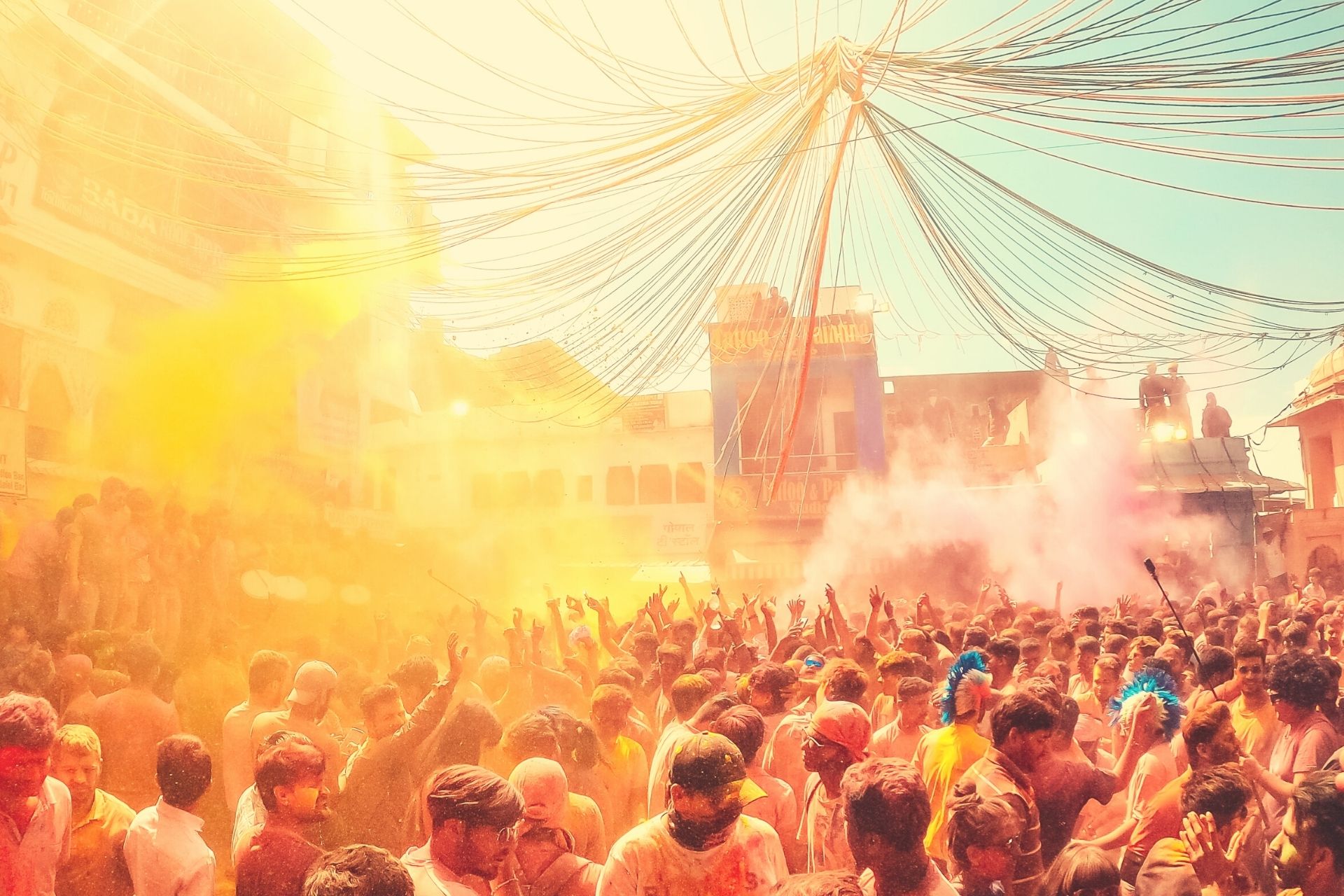India has rich and centuries old culture. The country has been an invader’s paradise and has seen many rulers from time to time such as Mughals, British, Portuguese, Turks, Afghans, Persians, Greeks, Chinese nomads and Arabs.
Along with this, various religions also flourished and took birth in Indian subcontinent such as Buddhism, Jainism, Hinduism, Islam, Christianity, Sikhism, etc. All these factors influenced the culture of India to a large extent.
India has people belonging to various origins such as Dravidians, the Aryans, the Mongols, the Semites along with various other tribes. Indian culture is a result of diversity in almost each and every aspect of the country.
Varied geographical conditions ranging from South to North, from East to West, from snow clad mountains to golden beaches, from rivers to deserts also impact a culture and living style of the people to a large extent.
Culture of India is a beautiful amalgamation of varied factors coming together and creating vibrant and colourful practices and life.
Culture of India (Facts, Traditions & Customs)

One of the oldest cultures in the world, Indian culture dates back to India has the history which dates back to 2500 B.C. One of the greatest and oldest civilizations- the Indus Valley Civilization also presents the richness and complexity of the Indian culture even back then.
India has gained immense popularity amongst tourists because of its culture along with other factors. International tourists from all over the world as well as domestic tourists are increasingly being captivated with the sheer charm and variety of Indian culture.
Many tourists visit India to just experience its unique and lively culture which differs from places to place. Although the every state of the country has rich culture and tradition to offer tourists with, few of the states which are centre for cultural tourism are Rajasthan, Tamil Nadu, Uttar Pradesh and Uttaranchal.
Rajasthan with its centuries old forts and places promises a royal experience to all its tourists. Its rich cultural heritage can be seen from not just magnificent forts and palaces but also from folk songs and music along with sumptuous cuisines offering best of both vegetarian and non-vegetarians delicacies.
Festivals such as the camel festival, Marwar festival and Pushkar festival are not unknown to many and make for an interesting visit.
The state of Tamil Nadu is also an epicentre for cultural tourism in India. One of the states in southern part of India, Tamil Nadu is a beautiful representation of immensely rich Dravidian culture. Tamil Nadu has umpteen numbers of famous temples presenting mesmerising architecture and grand history of the country.
The state of Uttar Pradesh with cities like Varanasi, Allahabad, Vrindaban, and Ayodhya along with the Taj Mahal in Agra city which is one of the Seven Wonders of the World, UP promises an enchanting cultural experience for all its tourists.
These places not only offer a glimpse of ancient India but also an admirable combination of age old traditions and practices with modernization and globalised way of living.
Located amidst best of natural settings with Himalayan Mountains and dense flora and exotic fauna, the state of Uttaranchal is also one of the places one can visit to get a feel of Indian history and culture. Kumaon and Garhwal regions of the state have many famous temples which are frequented by not just religious tourists but by all kinds of tourists.
Art forms of the country also offer a glimpse into its varied and vivacious culture. Bharatanatyam, Kathakali, Kathak, Manipuri, Odissi, Kuchipudi and Mohiniattam are few of the classical dances.
Each form has a history of its own and represents the people of its origin place. Most of the dance forms such as Bharatanatyam, Odissi and Mohiniyattam were mainly temple dances while dances like Kathakali represents tales of truth triumph of false.
Various mythological tales and religious stories are told through dances like Kathak and Kuchipudi. These classical dances are accompanied by music, mime and dances. There are various traditional musical instruments such as veena, sitar, etc. which constitute important part of Indian music.
If you look at the art and crafts of the country, they all tell unique yet interesting tales of ancient India. Age old monuments and buildings along with sculptures depict the Indian culture in an artistic way.
Not just dance or music but also cuisine represents country ages old cultures in one of the best ways possible. With wide range of favours, different patterns of cooking and varying usage of ingredients and spices, India has amazing options of cuisines which also has rich history as well mouth-watering dishes.
These cuisines such as Kashmiri cuisine, Mughlai cuisine, Awadhi cuisine, Bengali cuisine, Rajasthani cuisine, Gujarati cuisine, Assamese style, etc. are influenced by various factors. Some of these are climatic conditions, availability of ingredients, history of the place, religion of the people and many more.

